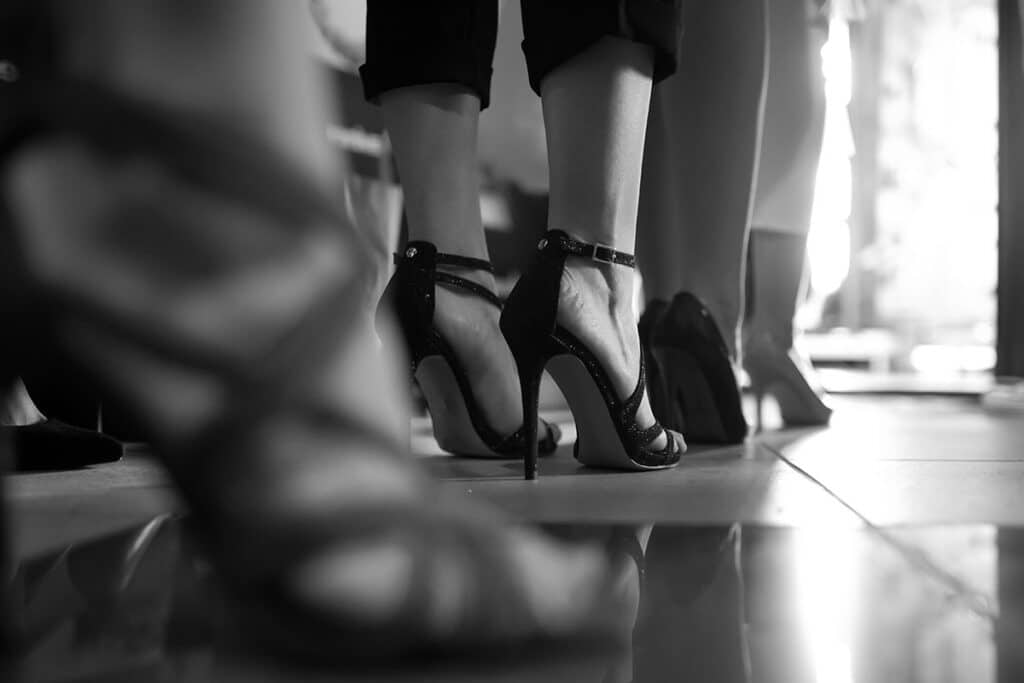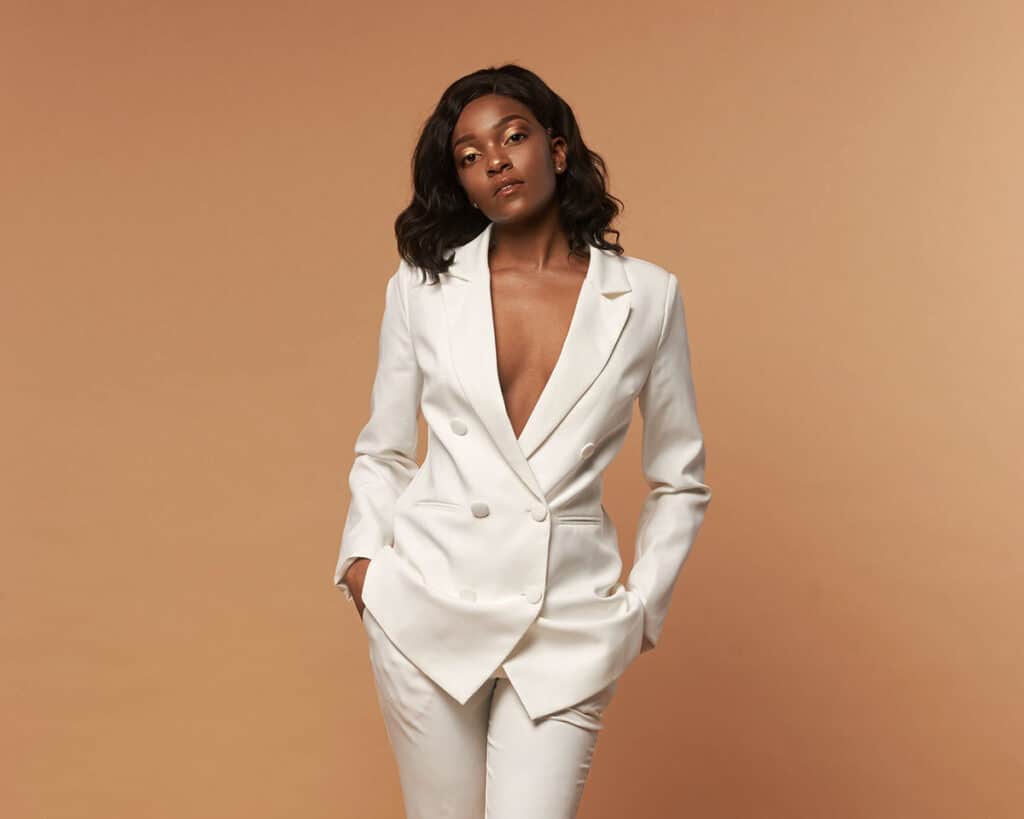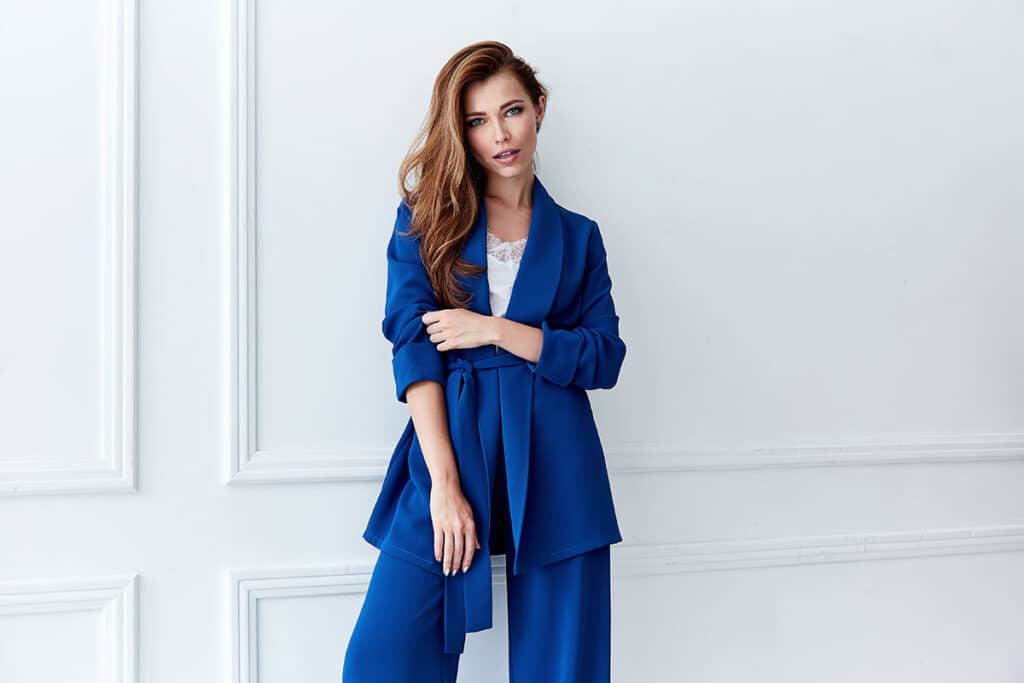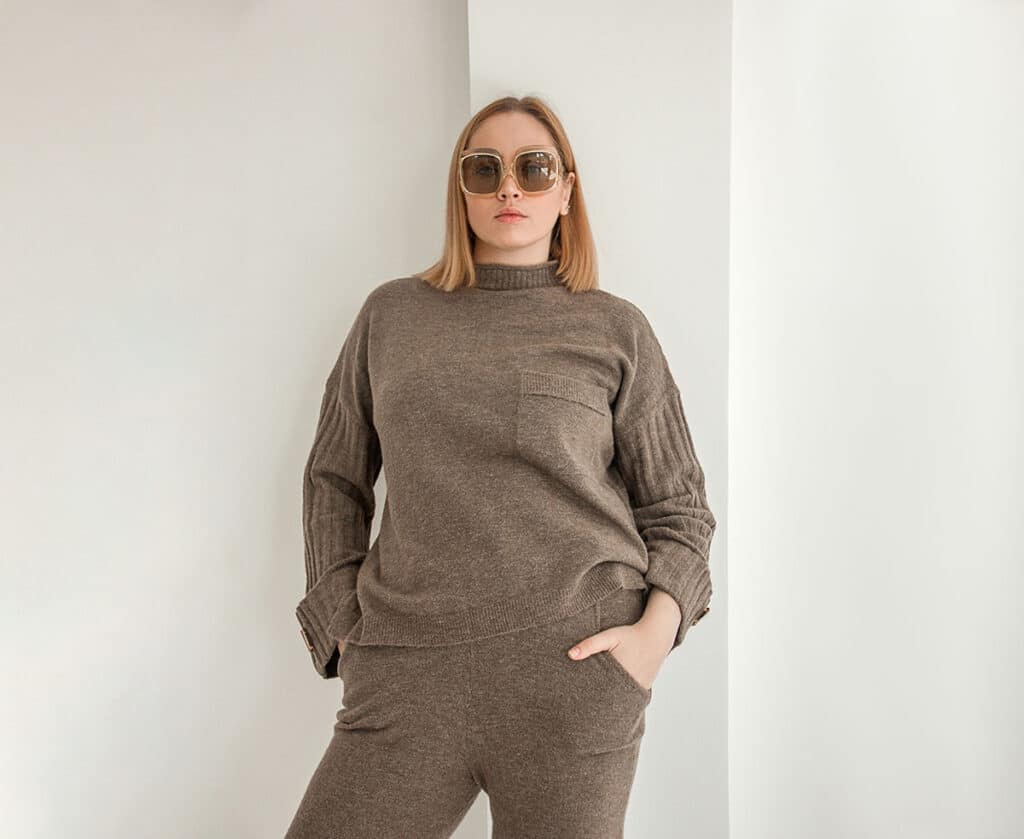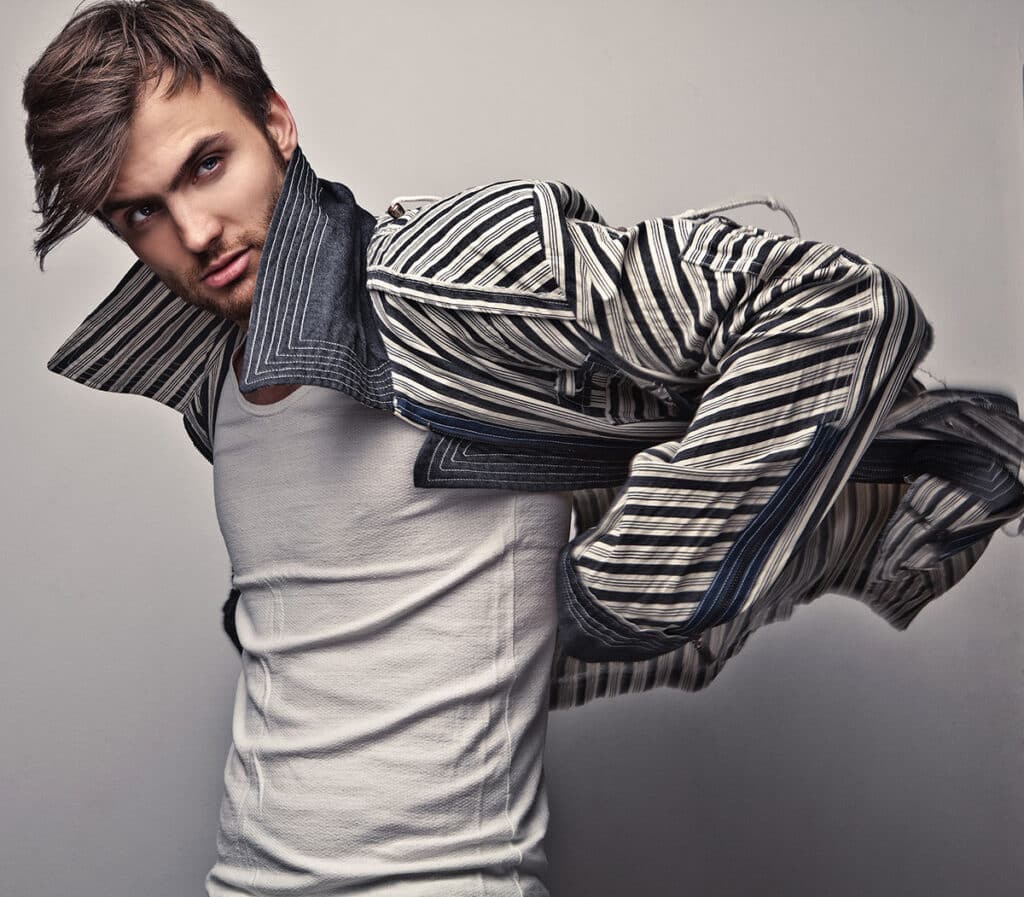The Best Swimsuit Models of All Time
No Comments • Uncategorized • By Melissa
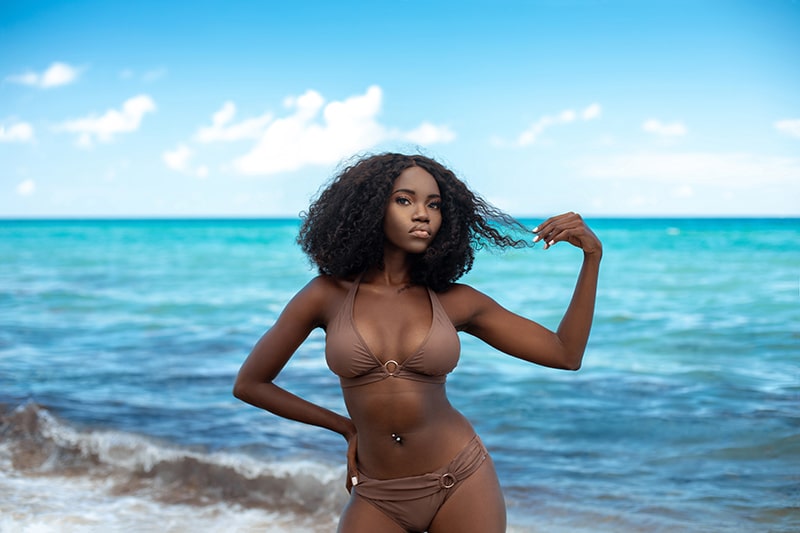
Swimsuit models must feel confident and secure with showing plenty of flesh. With so much of their bodies on display, it’s important that a swimsuit model maintains their physique year-round.
It’s hard work becoming a swimsuit model, especially at a supermodel level.
Swimsuit Model Requirements
Bikini model requirements differ depending on the type of fashion you are working in. For example, high-end brands like Victoria’s Secret require top fashion models to model their ranges. This means models who are over 5’8″ tall and who have naturally slender hourglass figures and toned limbs.
But if you’re modelling for a commercial brand such as ASOS or Savage X Fenty, requirements are more relaxed. They are more accepting of body diversity, so you’ll see plenty more petite, and plus-size models in catalogue fashion.
Glamour models will need to be curvier with a bigger bust, and they will be expected to pose in a more sultry, suggestive manner.
Naturally, the most important part of being a swimsuit model is looking good and feeling confident in a bathing suit. Swimsuit modelling can leave little to the imagination and the behind-the-scenes process can be very unglamorous; make-up must be applied to all areas of the body, so you must feel comfortable with strangers seeing you basically naked.
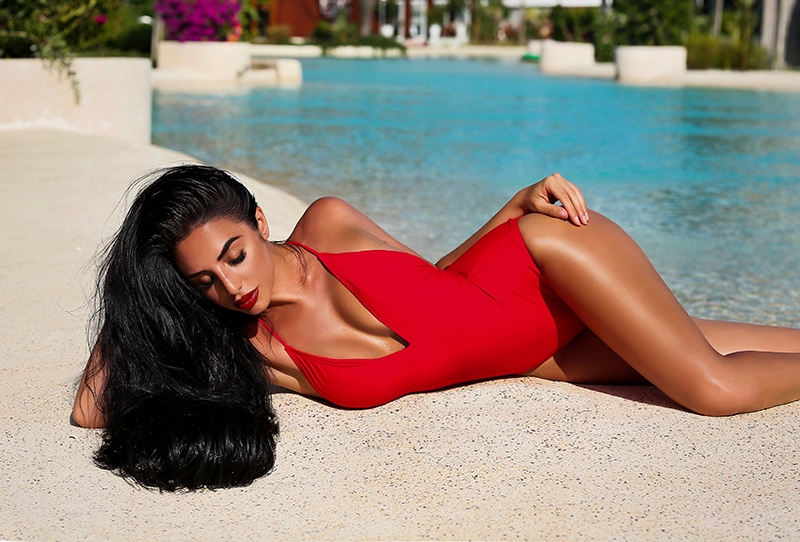
Top Swimsuit Models:
- Elle Macpherson
- Kathy Ireland
- Tyra Banks
- Christie Brinkley
- Alessandra Ambrosio
- Kate Upton
- Heidi Klum
- Candice Swanepoel
- Chrissy Teigen
- Emily Ratajkowski
- Naomi Campbell

What Does it Take to Be a Swimwear Model?
As well as having an excellent physique, swimwear models must think about the following:
Skincare
A model must look after the skin on their entire body. This can often mean heading to the salon for regular exfoliation treatments as well as mud masks, saunas, cold therapy and laser treatments. At home, models like to moisturise constantly to keep skin clear and hydrated. Body blemishes must be treated, and bruising and scars must be avoided.
Diet and exercise
Obviously, diet and exercise are huge parts of every model’s life. But for swimwear models, it’s even more important to stay looking fit year-round. They must look good with minimal clothing at a moment’s notice – that means very few food cheat days.

Hair removal
It’s most common that a brand or agency will require their model’s to have no hair for swimwear shoots. Hair removal is therefore very important for models. Not only do you want to avoid overly hairy arms and legs, but a model will also want to avoid ingrown hairs or “strawberry” skin. Many models opt for laser hair removal for a more permanent solution, though some may get waxes (though these will have to be scheduled carefully to work with jobs). Very few models shave as this is a short-term remedy and can leave razor burns and red spots on the skin – a big no-no for swimsuit models.
Fake tan
Swimwear is usually modelled somewhere tropical to replicate a holiday feel, so a nice tan is usually administered to a model. Not only is this a great way to cover skin blemishes and uneven skin tone, but it also makes the model appear as though they have been away in the sun for several days.
Sunbathing is very damaging to the skin, so most models opt for a fake tan. This is usually done by a professional a day or so before a big shoot (so there is time to wash off the initial application, which can often appear extremely dark and unnatural). Home tanning is typically avoided as this can lead to fake tan mishaps which can be very unattractive and difficult to remove.
A professional will always ensure the tone is natural-looking for the model’s skin type and colouring. They will also ensure the tan doesn’t stick to dry areas like the hands, knees and elbows. Tans can often appear blotchy several days afterwards, so a photo shoot or runway show would normally take place the day following the tan when it appears fresh and even.
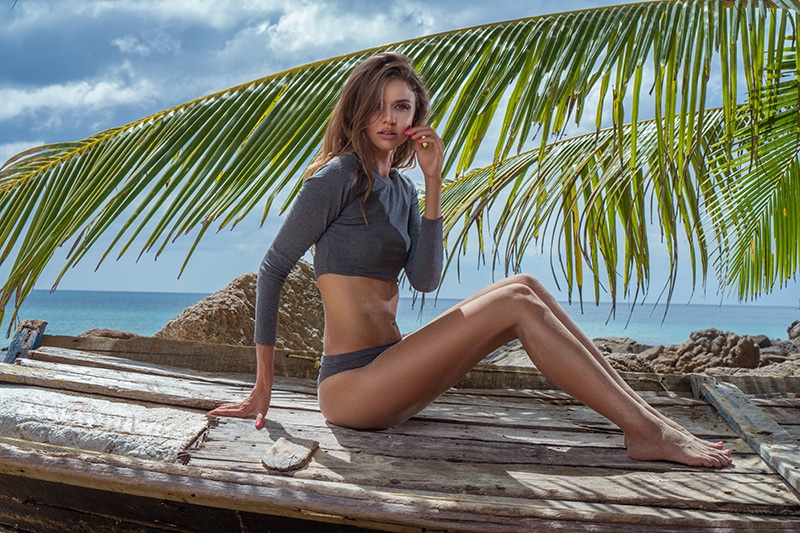
What is the Difference Between a Swimwear Model and a Regular Model?
Many regular models will try their hand at swimwear modelling, and most swimwear models will have done some regular modelling too. The two aren’t mutually exclusive.
The biggest difference is that swimwear models can’t really have “off-season” time where their bodies can relax. A swimwear model must be ready to show off their physique regardless of the time of year. They may be shooting summer campaigns in the winter, so they can’t overeat during the Christmas period as many of us do. It’s a strict lifestyle, perhaps more so than the average model who may get the opportunity to relax after a special fashion show or event.
Swimwear models must also be very careful about any body modifications such as tattoos or piercings. Generally, body modifications will lose work as it limits the number of jobs the model can do – so if you’re questioning whether to get a tattoo or piercing, it’s better to err on the side of caution and hold off for now, at least until you’re incredibly established or for when you decide a modelling career is not for you.
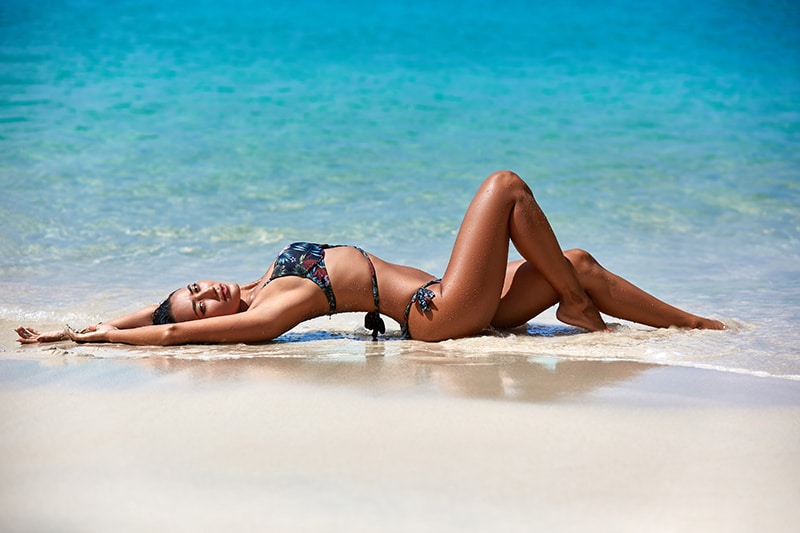
How to Get Into Swimwear Modelling
Swimwear modelling is similar to regular modelling to get into. However, to appear on the cover of Sports Illustrated Swimsuit Issue, you’ll need to be considered supermodel status!
Lingerie and bikini/swimwear modelling is very similar, so if you have any experience or professional photos taken while underwear modelling, you’ll find this helpful experience for swimwear modelling.
The best advice is to focus and practice commercial modelling and get as much experience as possible. Build your modelling portfolio so it is filled with amazing images that really show off your expertise and range. Don’t forget to include images of your face as well as your figure.
Specialise in swimwear modelling by including a good amount of swimwear images. Your portfolio should include around 20 photos, so that’s plenty of room to show off your potential.
It’s also a good idea to follow famous swimwear models on social media. Try to build your own social media presence so you have a ready-made fanbase; this will help put you in front of brands you could work with in the future.
Try to get signed to a reputable modelling agency. Apply to as many as you can, but make sure to do your research first and only apply to agencies looking to take on swimwear models.
Remember to take your personal look into consideration; if you don’t meet the standard requirements for swimsuit modelling, it might not be the best thing for you. Research the different genres, choose which one works best for you and ensure you match it to give you the best chance of success.


